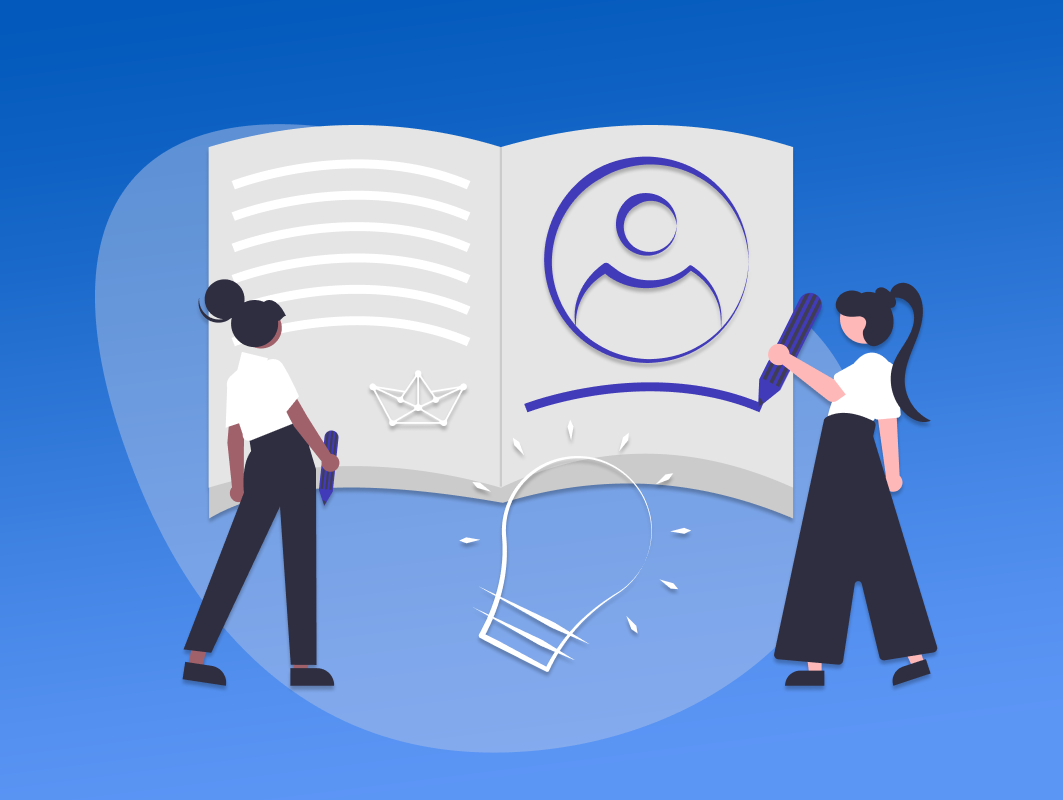What Businesses Can Learn From the Spotify Model

What is Spotify’s business model?
To most people, Spotify is an app on which they can listen to their favorite songs anytime, anywhere. But for business owners, it’s a fascinating example of the successful implementation of Agile at scale.
Even though not every part of the company is related to the Agile SAFe framework, some core departments are, which we will discuss in detail later.
It’s worth mentioning that the Spotify model is not necessarily a framework. But, rather a people-centered approach of scaling Agile that focuses on autonomy, culture, and network.
In this article, we will discuss how employees are organized in the Spotify model and what business owners can learn from it.
How Employees Are Grouped in the Spotify Model
The way Spotify groups its team is truly unique. Even though their organizational structure has a lot of moving parts and may seem complicated in the beginning, it’s actually pretty simple once you understand it. So, let’s discuss the six different groups in the Spotify model.
Squads
Squads consist of a product owner, an agile coach, and a total of six to twelve other team members. These teams are similar to scrum teams, meaning they’re autonomous and focus on one particular area. It’s the squads that determine which Agile methodology will be dominant in the project. Squads work on a long-term goal and each one has a particular section of the final product that they need to focus on.
Tribes
Tribes can consist of anywhere between 40-150 members and are an amalgamation of multiple Squads. These Squads that form a Tribe work on the same feature area and are led by a Tribe Lead. The job of the Tribe Lead is to help Squads coordinate with each other. Crossover between Squads is a usual occurrence and this creates dependencies. This can slow the whole Tribe down, so this is something to consider and work upon.
Chapter
Chapters consist of specialists in any given area, whether it’s software development, graphic design, testing, etc. Even though Squads are autonomous, it’s necessary for all specialists of every area to be aligned with each other. Chapters are led by a senior Technology Lead who could also be the manager of team members of that Chapter. It’s necessary to have a group of people with similar skills to communicate with each other through Chapters. This ensures that others with the same skill set can discuss various problems and solutions that they have come across in that particular area.
Guild
Guild is less like a team and more like a community that is created by a volunteer. Guilds are groups that are created around an area of interest. Anyone in the company can start a Guild and become its coordinator.
Trio
A Trio consists of a Tribe Lead, product lead, and design lead. The function of a Trio is to ensure that there is an alignment between these three departments when working on product features. A product lead is responsible for designing, prototyping, and testing a product, whereas a design lead guides product leads on how to make the product better by giving them feedback. The Tribe Lead ultimately oversees the whole process.
Alliance
An Alliance consists of Tribe Trios and is designed to help different Tribes work together to reach a common goal. When a company grows, different Tribes may need to collaborate with each other and that’s when Alliances come into play.
What Businesses Can Learn From the Spotify Model
Now that you’re aware of how Spotify organizes its workforce, let’s discuss what you, as a business owner, can learn from this.

1. Autonomy means speed
One of the key features of the Agile SAFe Framework is autonomy for knowledge workers. The reason behind that is simple: knowledge workers know more about their job than their employers. So, the traditional “I’m your boss, I’ll tell you what to do” narrative doesn’t apply here. An employer should acknowledge their limitations and allow their workforce to work autonomously whenever possible. Squads in the Spotify model are a great example of this. They’re small and autonomous, and that’s the secret behind their agility.
2. Focus on outcomes, not processes
If you take a step back from the Agile SAFe Framework and recall the first core value of the Agile methodology itself, you’ll realize how Agile prioritizes individuals and interactions over processes and tools. In the Spotify model, it’s not mandatory for members to follow a particular process that is set in stone. Instead, alignment and outcomes are given preference.
3. Trust the team
Spotify gives substantial decision-making powers to its employees. For example, they can choose their own software development tools. Instead of imposing strict guidelines on the employees, which are usually created by the higher-ups who don’t know the nitty-gritty of software development, the company trusts its employees to make some decisions on their own. Flexible company culture and trusting employees is a foolproof way of attracting and retaining top talent.
4. Don’t create a culture of fear - let them make mistakes
Today, we see Spotify as a very successful not to mention an extremely useful app. Millions of songs, in fact, almost every song that’s out there, can be accessed with a few clicks and scrolls. However, it didn’t start this way. There were lots of experiments, failures, and sleepless nights that led to the development of this app. The bottom line is: It’s okay to not get it right the first time. Make mistakes, learn from them, and improve.
Hope that you are ready to apply these lessons to your business. The Spotify model is indeed one of the most innovative and efficient ones that the world has seen. But even if your business is not related to apps, you can still use some of these tips to create a product that becomes a global sensation.



